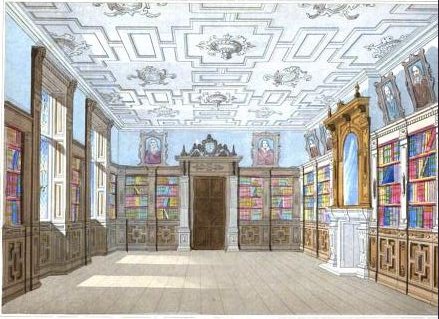 Interior decorating was once the domain of skilled artisans and craftsmen (emphasis on the men). Architects, painters, and other young professionals (who had most likely studied the Classics) lent their expertise to the upper crust when helping to fashion ornamentation and furniture for the home.
Interior decorating was once the domain of skilled artisans and craftsmen (emphasis on the men). Architects, painters, and other young professionals (who had most likely studied the Classics) lent their expertise to the upper crust when helping to fashion ornamentation and furniture for the home.
Most likely it was a background in the Classics at school and University that helped shape the Regency dedication to Greek and Roman style.
From The House Decorator and Painter’s Guide: Containing a Series of Designs By Henry William Arrowsmith “the various styles of decoration as used by the architects of the present period such as the Greek Roman Arabesque Pompeian Gothic Cinque Cento Francois Premier Elizabethan and the more modern French” had waxing and waning interest. However, regardless of an individual’s tastes Arrowsmith warns “In the internal decoration of some edifices it may be necessary to introduce the classical styles. Under such circumstances it is well to remember that it is important to retain the spirit but not to adopt a servile imitation of original works. The wants and convenience of those who are to inhabit a building or the purposes for which it is to be used must be first considered then the style of decoration most suitable under such conditions.”
Similar to fashion magazines of the date, books during the Regency were produced by architects, cabinet makers, and painters with plates showing the different styles of interest to the Regency populus.
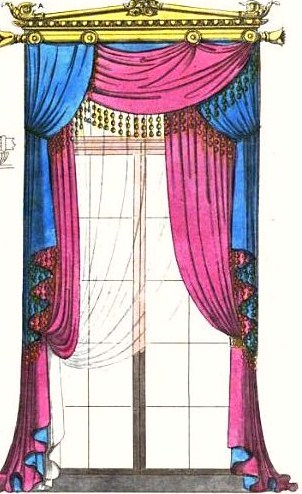 These plates could then be used in much the same ways a fashion design to guide decisions and instructions.
These plates could then be used in much the same ways a fashion design to guide decisions and instructions.
It is worth adding that during the time of Regency, as our world shifted towards industrialization authors on the subject took a decidedly mathematical approach to design. Using geometry, theories of perspective, and an emphasis on function as well as form, interior decorators were aiming to do much the same thing our modern day designers try to achieve.
Although, in the Regency era, this would be largely an art form reserved for those with deep pockets, industrialization would eventually make it (through mass production) affordable for the masses. In this way, making a “science” of taste was a good way to begin to codify and commodify objects used in decorating the home.
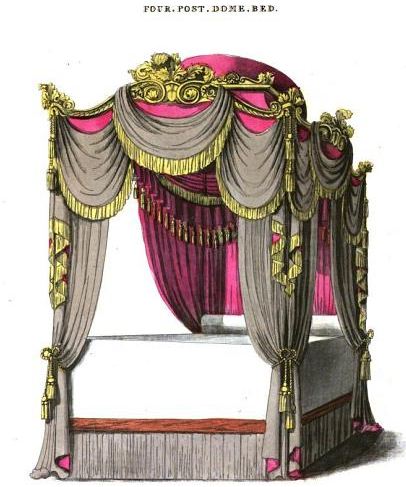
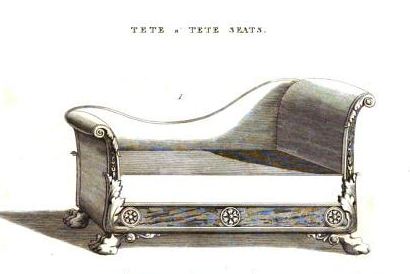
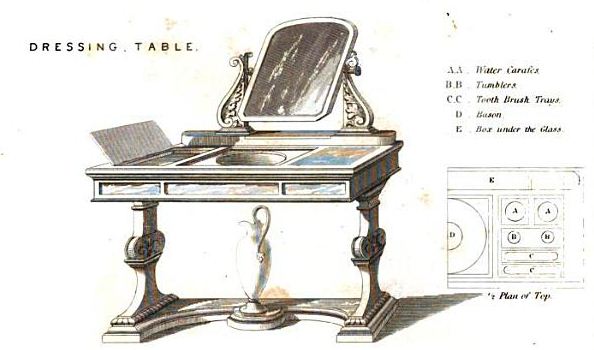 Because the pictures say more than I could ever, I have started a pinterest board for plates on Regency furniture and home decor to feast your eyes upon.
Because the pictures say more than I could ever, I have started a pinterest board for plates on Regency furniture and home decor to feast your eyes upon.









